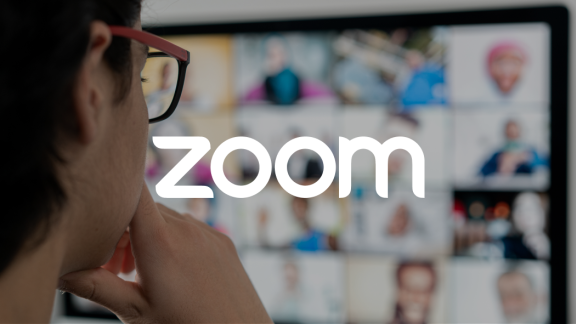PXC is a platform for connectivity, voice, cloud and security solutions, underpinned by the UK’s largest, most resilient network. By partnering with us, you get the scale, agility and support you need to take control of your success.
Partner with us
Partner with us
Let’s take your business to the next level.
Leverage our extensive product portfolio and far-reaching network to create the perfect proposition for your customers. As your partner, we also bring the expertise and dedicated support you need to get ahead of the competition.
01
Extensive product portfolio
with the cutting-edge Connectivity, Voice and Collaboration, Cloud and Security solutions you need to go above and beyond.
02
Industry-leading support
with dedicated account management, marketing and sales support, and technical assistance to make sure everything is running smoothly.
03
Nationwide UK coverage
with a core network that boasts 99.995% availability – so your customers never miss a beat, wherever they are.
04
Award-winning 1Portal
puts you firmly in control of your solutions, while innovative automation and APIs help keep everything on brand, and on track.
Our mantra
Fewer barriers.
Faster growth.
More possibilities.
Our Products
Our Products
Meet customer demands, and then some.
Connectivity
High-speed, fibre-first connectivity solutions, and reliable Resilience options for your network – with fast deployment and solid security.
Voice & Collaboration
Cutting-edge Cloud Voice, collaboration and customer service technology designed to keep up with modern businesses.
Cloud & Security
A comprehensive suite of cloud services and software for every stage of your customers’ digital transformation journey.
Managed Security Services
Fully integrated solutions to secure your customers' connectivity.
Portals & APIs
Our award-winning portal and suite of APIs to give you complete control of your solutions and customer experience.
Our Partners
Our Partners
Grow at your own pace, with the right support for your business needs.
PLATFORMX (PXC)
PLATFORMX (PXC)
News and Insights
Contact Us
Submit a query, get in touch with your Account Manager, find out more about our products, or become a Partner.













